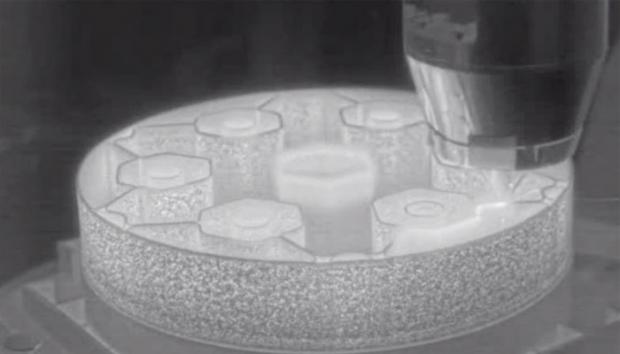
Breaking News
 Battleborn Batteries Responds! Their Overheating Device is a "Feature" not a "Problem
Battleborn Batteries Responds! Their Overheating Device is a "Feature" not a "Problem
 Actor Liam Neeson Outs Himself as MAHA After Narrating Pro-RFK Jr. Documentary Slamming...
Actor Liam Neeson Outs Himself as MAHA After Narrating Pro-RFK Jr. Documentary Slamming...
 Kyle Rittenhouse announced on social media Wednesday that he has tied the knot.
Kyle Rittenhouse announced on social media Wednesday that he has tied the knot.
 JUST IN: President Trump Grants Tina Peters Pardon
JUST IN: President Trump Grants Tina Peters Pardon
Top Tech News
 Build a Greenhouse HEATER that Lasts 10-15 DAYS!
Build a Greenhouse HEATER that Lasts 10-15 DAYS!
 Look at the genius idea he came up with using this tank that nobody wanted
Look at the genius idea he came up with using this tank that nobody wanted
 Latest Comet 3I Atlas Anomolies Like the Impossible 600,000 Mile Long Sunward Tail
Latest Comet 3I Atlas Anomolies Like the Impossible 600,000 Mile Long Sunward Tail
 Tesla Just Opened Its Biggest Supercharger Station Ever--And It's Powered By Solar And Batteries
Tesla Just Opened Its Biggest Supercharger Station Ever--And It's Powered By Solar And Batteries
 Your body already knows how to regrow limbs. We just haven't figured out how to turn it on yet.
Your body already knows how to regrow limbs. We just haven't figured out how to turn it on yet.
 We've wiretapped the gut-brain hotline to decode signals driving disease
We've wiretapped the gut-brain hotline to decode signals driving disease
 3D-printable concrete alternative hardens in three days, not four weeks
3D-printable concrete alternative hardens in three days, not four weeks
 Could satellite-beaming planes and airships make SpaceX's Starlink obsolete?
Could satellite-beaming planes and airships make SpaceX's Starlink obsolete?
2023 for First 3D Printed Nuclear Reactor Core by ORNL

A rapidly built 3D printed nuclear reactor could get nuclear energy competitive again for power generation. A compact nuclear reactor could be used for space propulsion and space power.
The lab aims to turn on the first-of-its-kind reactor by 2023. TCR will be the 14th reactor built and operated by ORNL.
Here is an 80 page report on the 13 previous nuclear reactors built and operated by ORNL. The first was the graphite reactor, the world's first operational nuclear reactor, which served as a plutonium production pilot plant during World War II. It was followed by two aqueous-homogeneous reactors and two red-hot molten-salt reactors that were parts of power-reactor development programs and by eight others designed for research and radioisotope production. One of the eight was an all-metal fast burst reactor used for health physics studies. All of the others were light-water cooled and moderated, including the famous swimming-pool reactor that was copied dozens of times around the world. Two of the reactors were hoisted 200 feet into the air to study the shielding needs of proposed nuclear-powered aircraft. The final reactor, and the only one still operating today, is the High Flux Isotope Reactor (HFIR) that was built particularly for the production of californium and other heavy elements.

 First totally synthetic human brain model has been realized
First totally synthetic human brain model has been realized Mach-23 potato gun to shoot satellites into space
Mach-23 potato gun to shoot satellites into space

